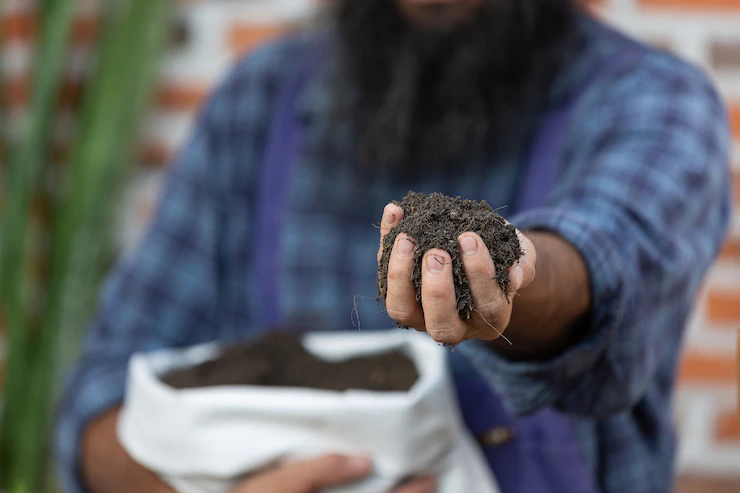Conservation agriculture and soil conservation techniques play a vital role in South Africa’s agricultural sector, as they help to improve soil health, enhance water management, and increase crop productivity. Let’s explore these practices in more detail:
- Conservation Agriculture (CA): Conservation agriculture is an approach to farming that emphasizes minimal soil disturbance, permanent soil cover, and crop rotation. Its three main principles are:a. Minimum soil disturbance: Farmers reduce tillage operations to preserve the soil structure, minimize erosion, and maintain soil moisture. Techniques like no-till or reduced tillage are employed to disturb the soil as little as possible during planting.b. Permanent soil cover: Soil is kept covered with crop residues or cover crops throughout the year to protect it from erosion, temperature fluctuations, and excessive evaporation. This practice helps to enhance soil organic matter content and moisture retention.c. Crop rotation and diversification: Farmers rotate different crops in a sequence to break pest cycles, improve soil fertility, and reduce disease and weed pressure. Diversification also helps to ensure more stable yields and reduce the risk of crop failure.
- Terracing: Terracing involves constructing level or nearly level fields on sloping terrain, with the use of embankments or terraces. This technique helps to control erosion by reducing the speed of water runoff and allowing it to infiltrate the soil. Terracing is commonly employed in areas with hilly or mountainous landscapes.
- Contour farming: Contour farming is a practice where crops are planted along the contour lines of the land, forming natural barriers against runoff water. This technique helps to reduce soil erosion and water runoff, as the crops slow down the flow of water across the slope.
- Windbreaks and shelterbelts: Windbreaks are rows of trees or shrubs planted around crop fields to reduce wind speed and minimize wind erosion. Shelterbelts, similar to windbreaks, are linear plantings designed to provide protection against wind for agricultural areas.
- Cover cropping: Cover cropping involves planting non-commercial crops during fallow periods or between cash crops. These cover crops help to protect the soil from erosion, improve soil structure, suppress weeds, and enhance nutrient cycling.
- Conservation tillage: Conservation tillage practices involve reducing the intensity and frequency of tillage operations, such as plowing, to minimize soil disturbance. By leaving crop residues on the soil surface, conservation tillage helps to protect against erosion, improve water infiltration, and enhance organic matter content.
- Water conservation techniques: Various techniques, such as drip irrigation, precision irrigation, and water-efficient irrigation systems, are used to optimize water usage and reduce water loss. These practices help to conserve water resources and improve the efficiency of irrigation.
These conservation agriculture and soil conservation techniques are promoted by the South African government and various agricultural organizations to support sustainable farming practices, preserve soil health, and mitigate the impacts of climate change. They contribute to the long-term productivity and resilience of agricultural systems in the country, ensuring a more sustainable and environmentally friendly approach to farming.
Join 'Farmers Mag' WhatsApp Channel
Get the latest Farming news and tips delivered straight to your WhatsApp
CLICK HERE TO JOIN






